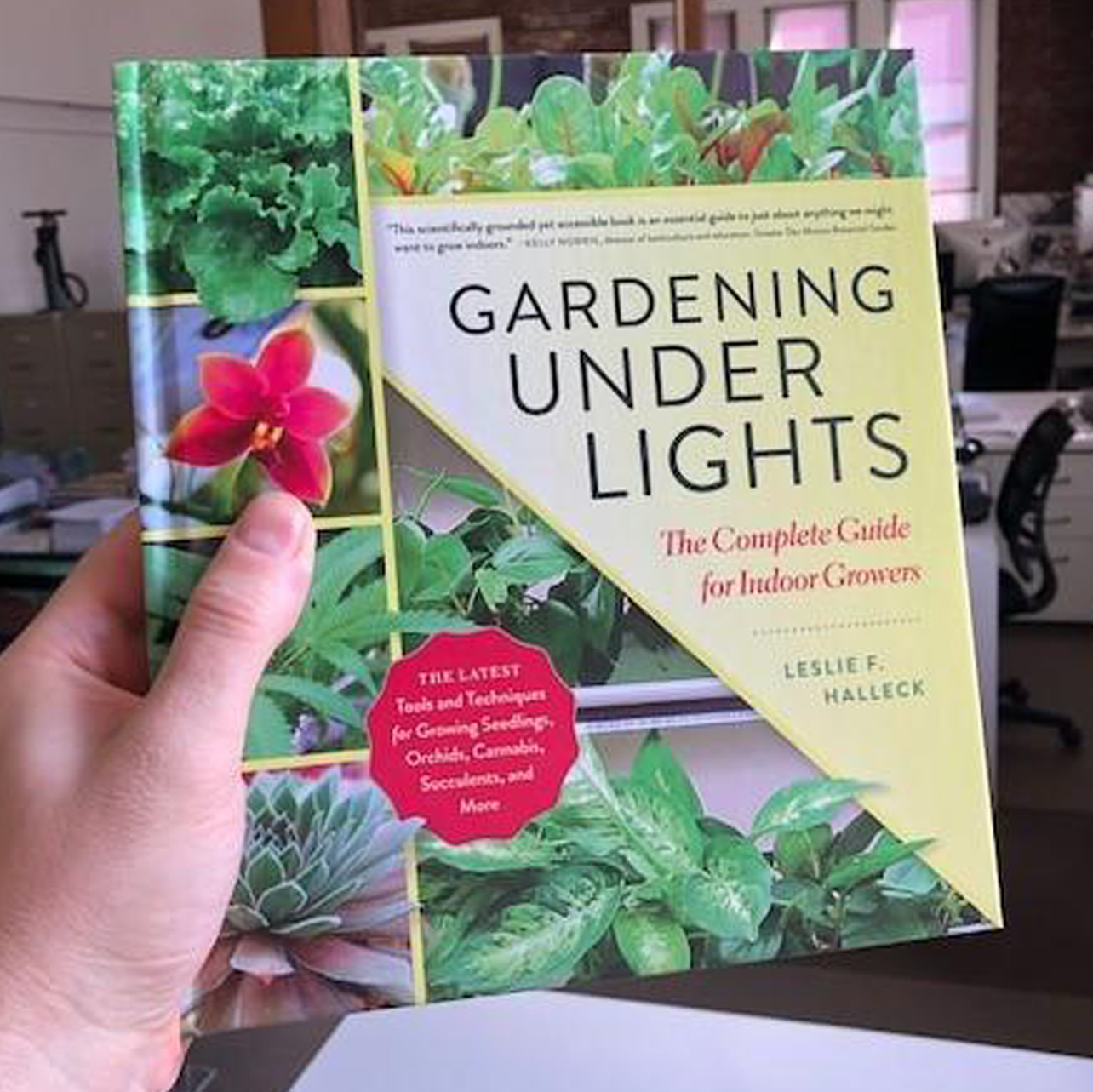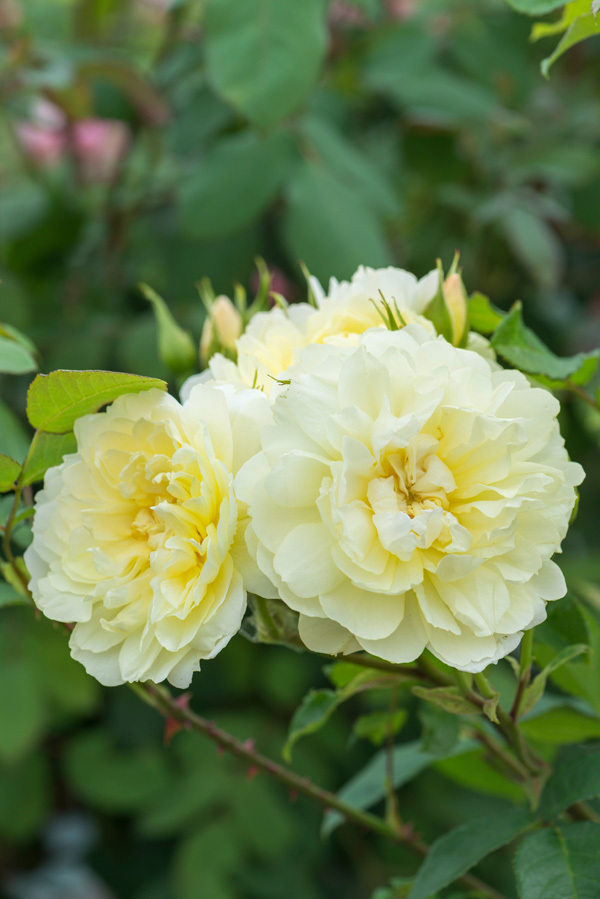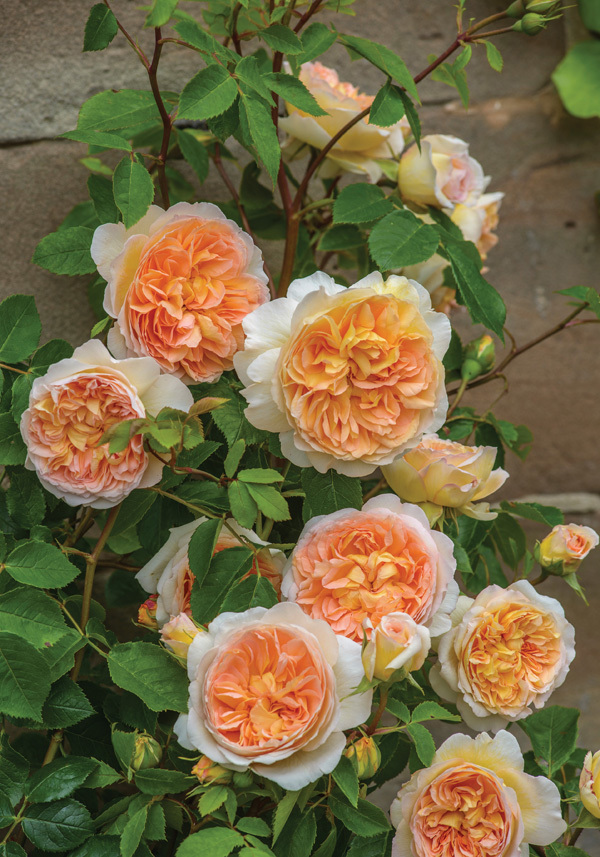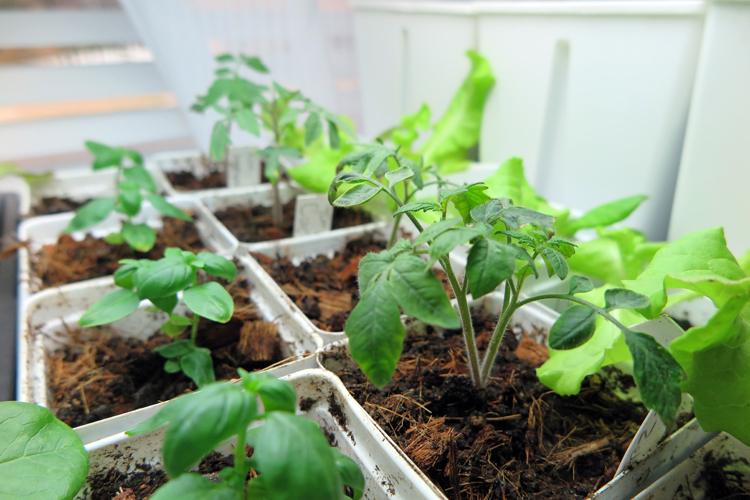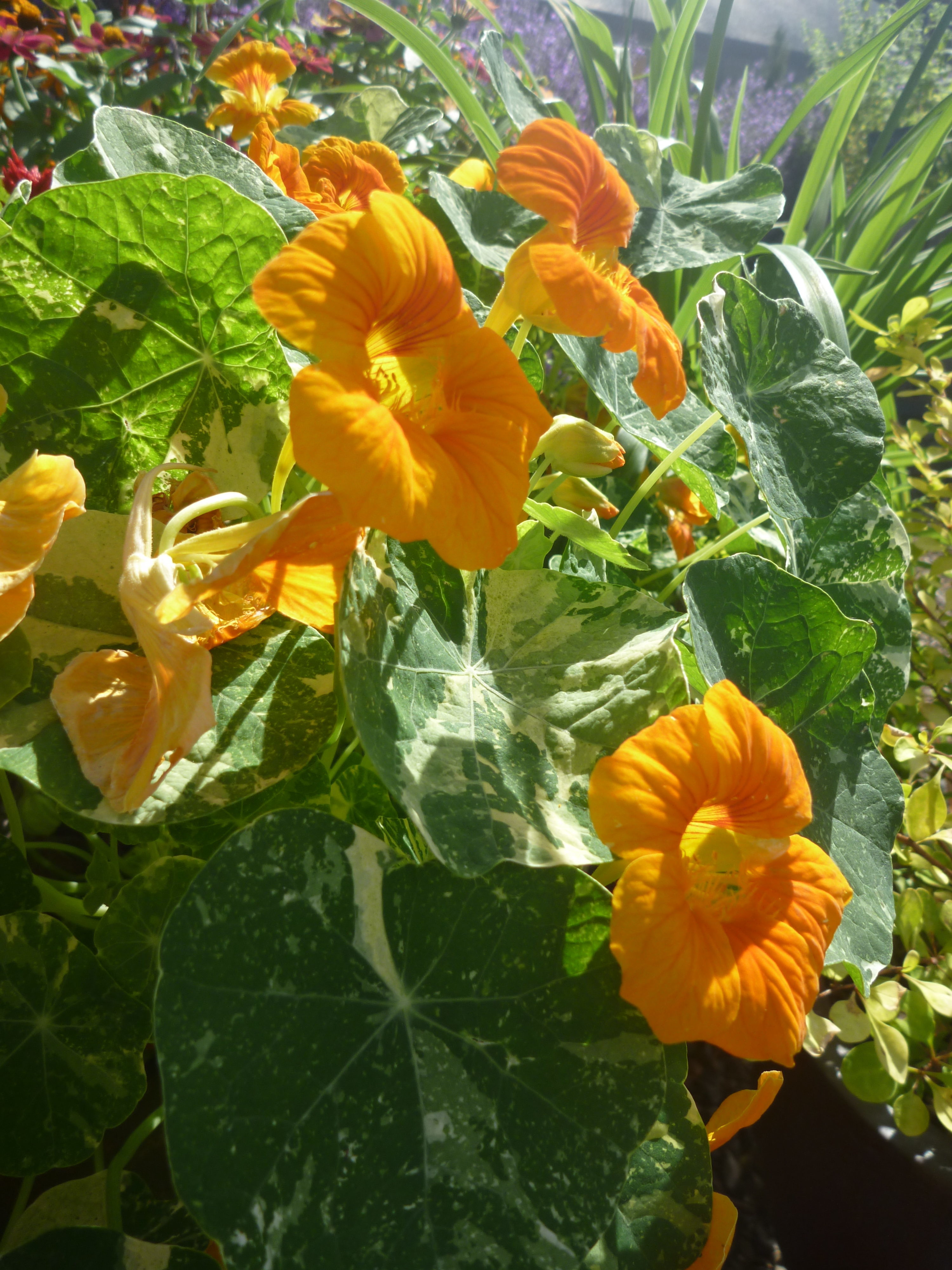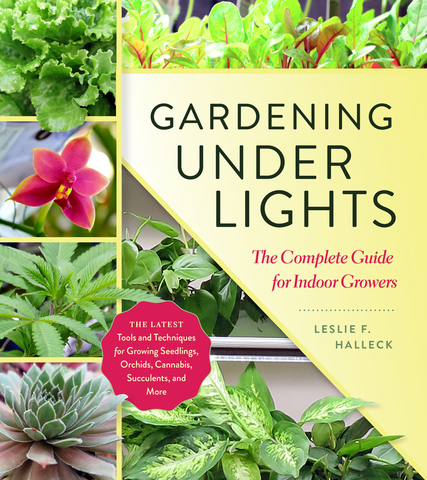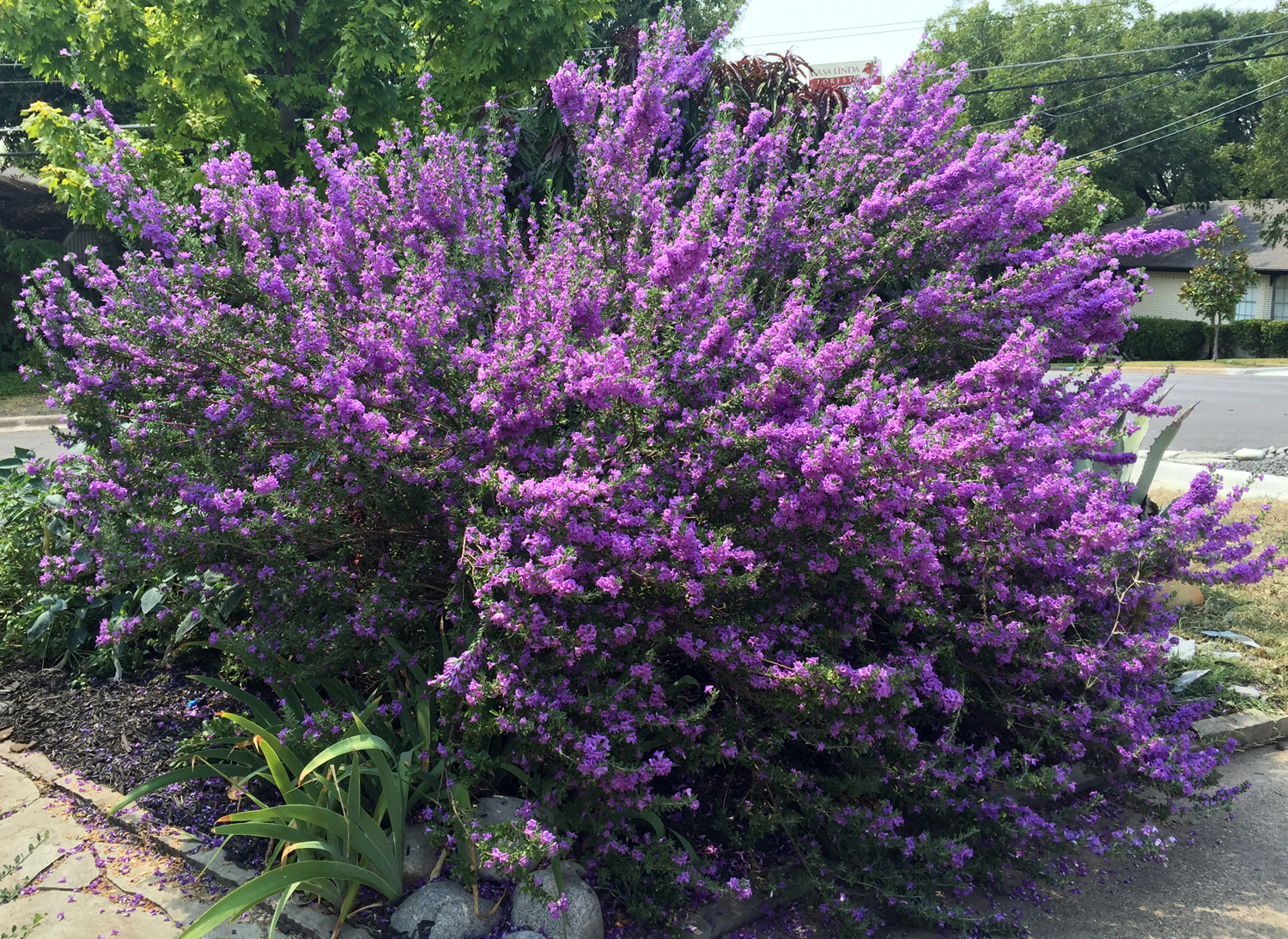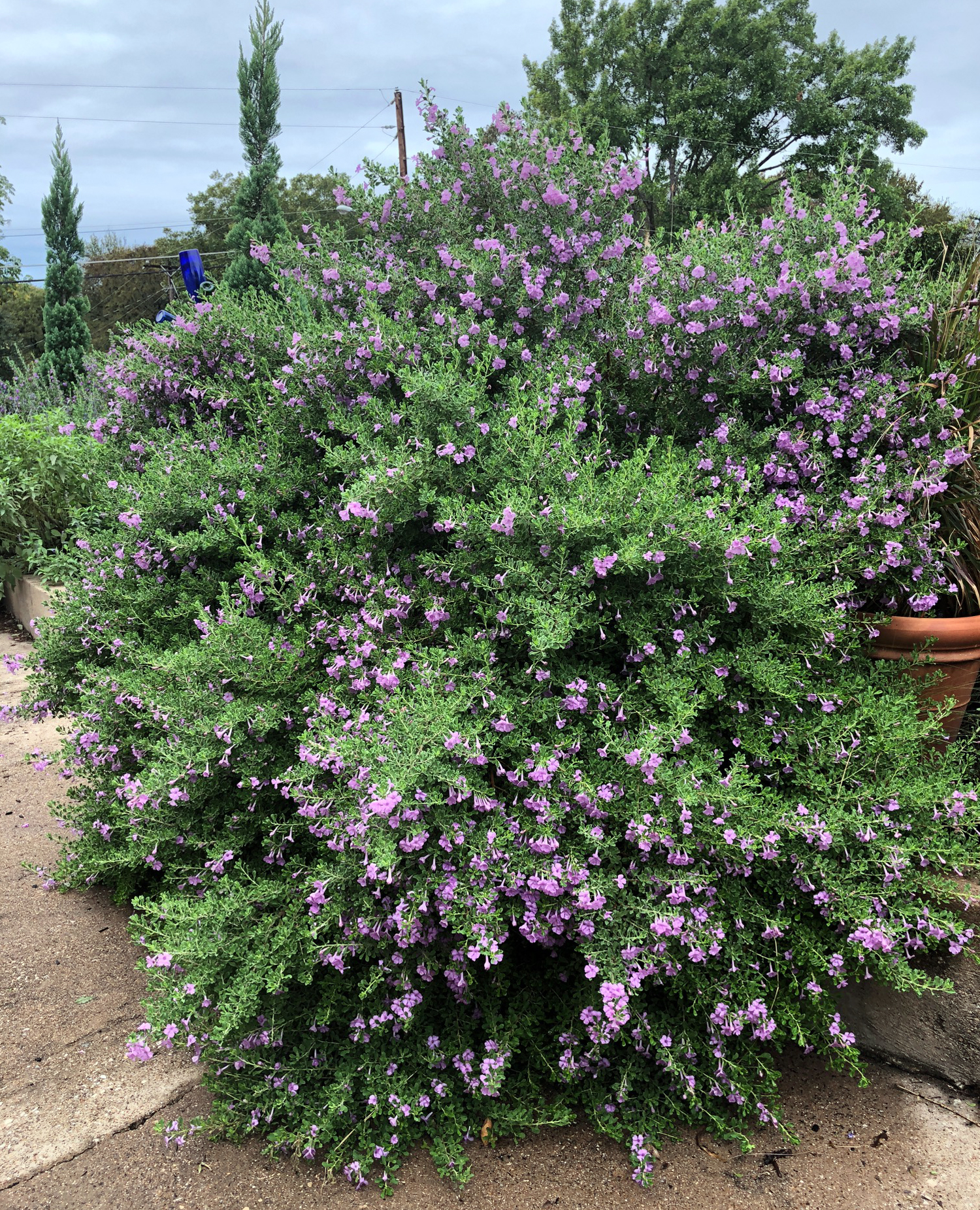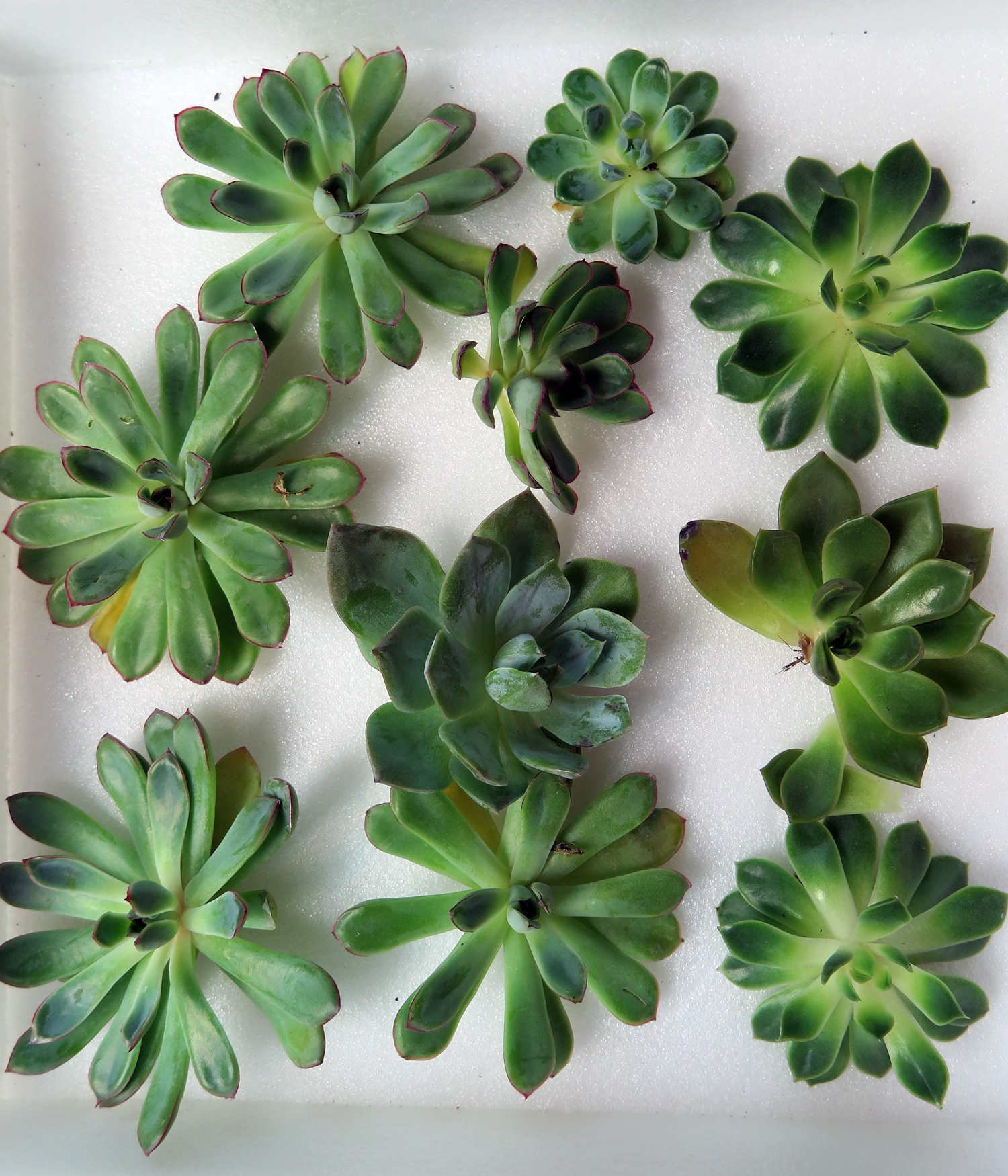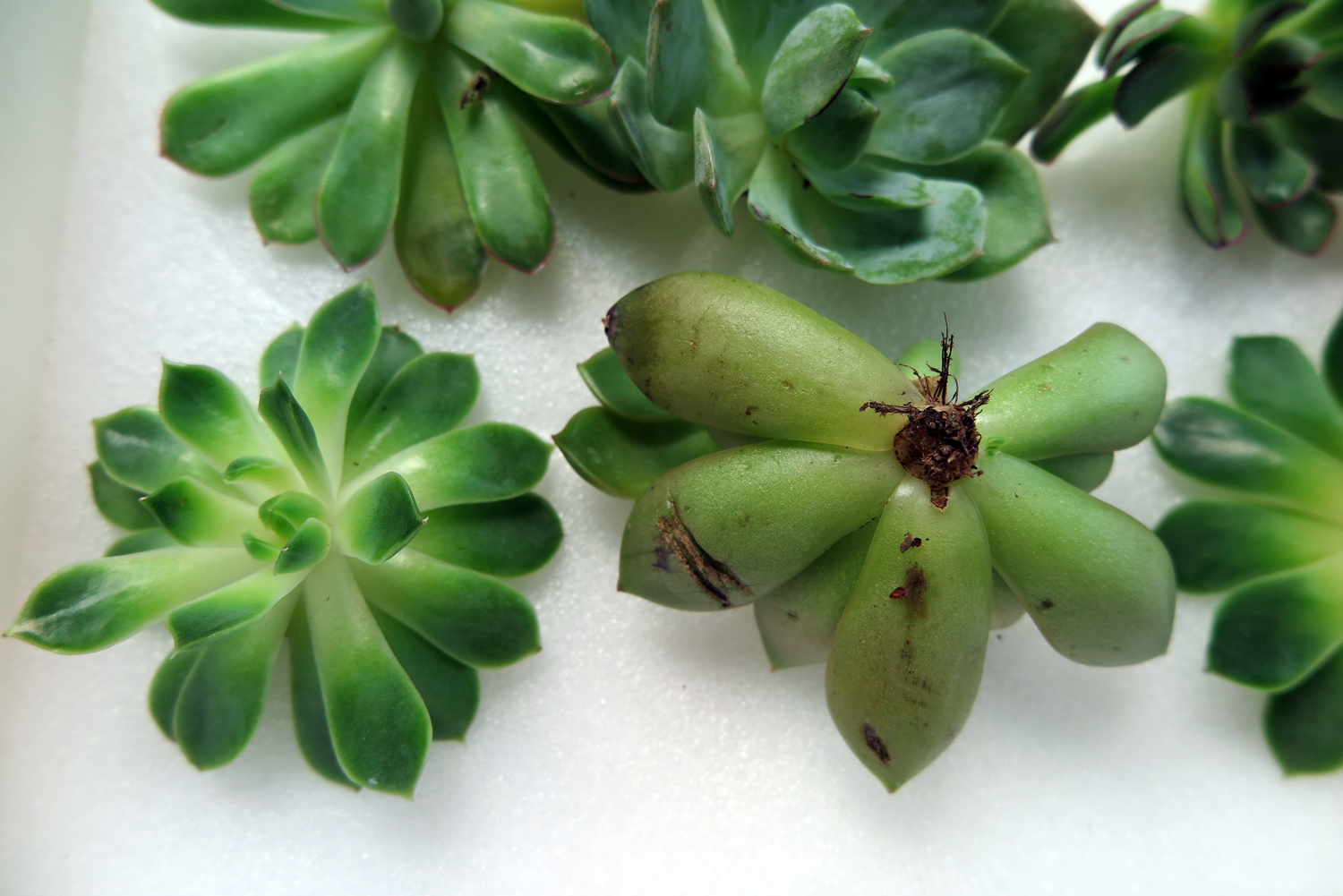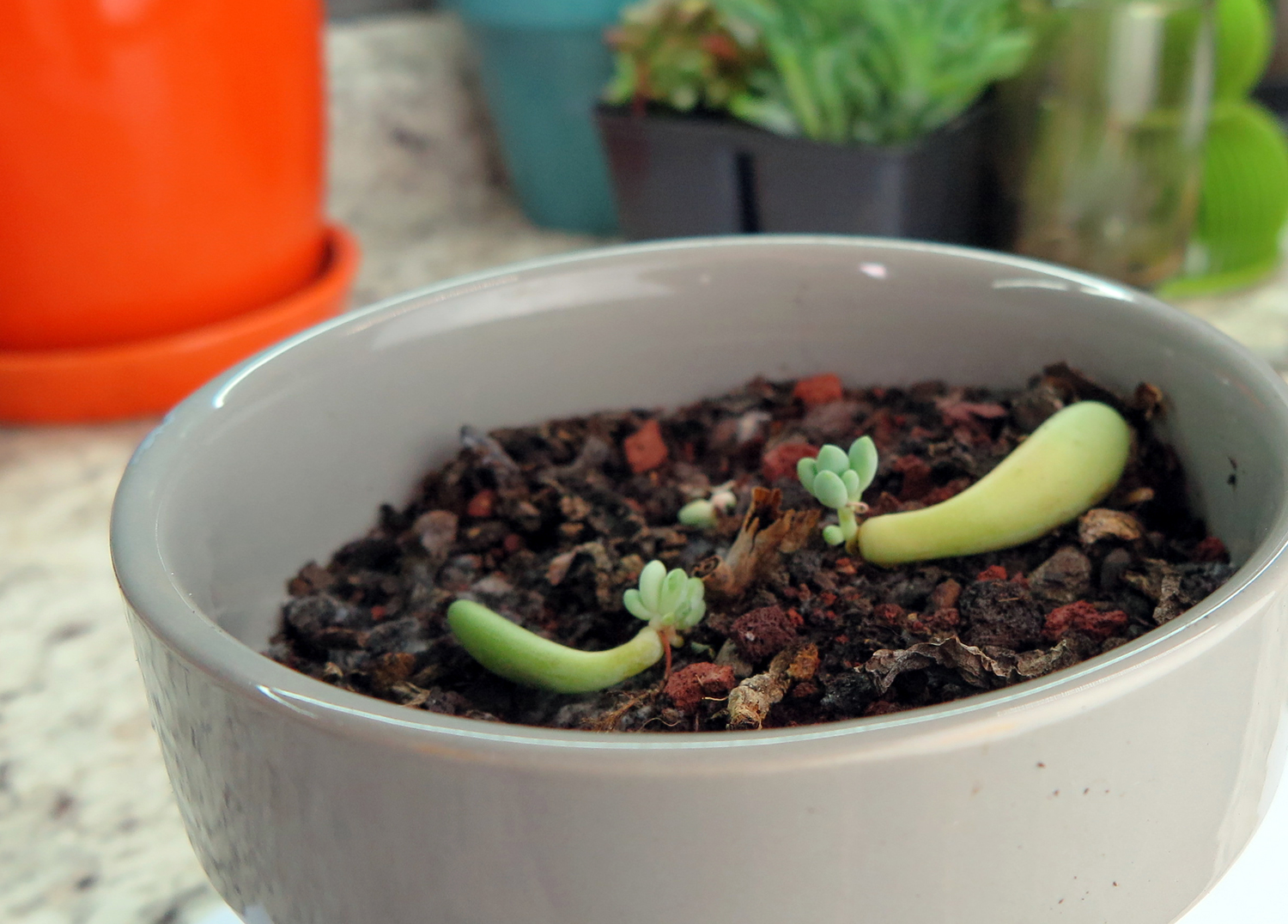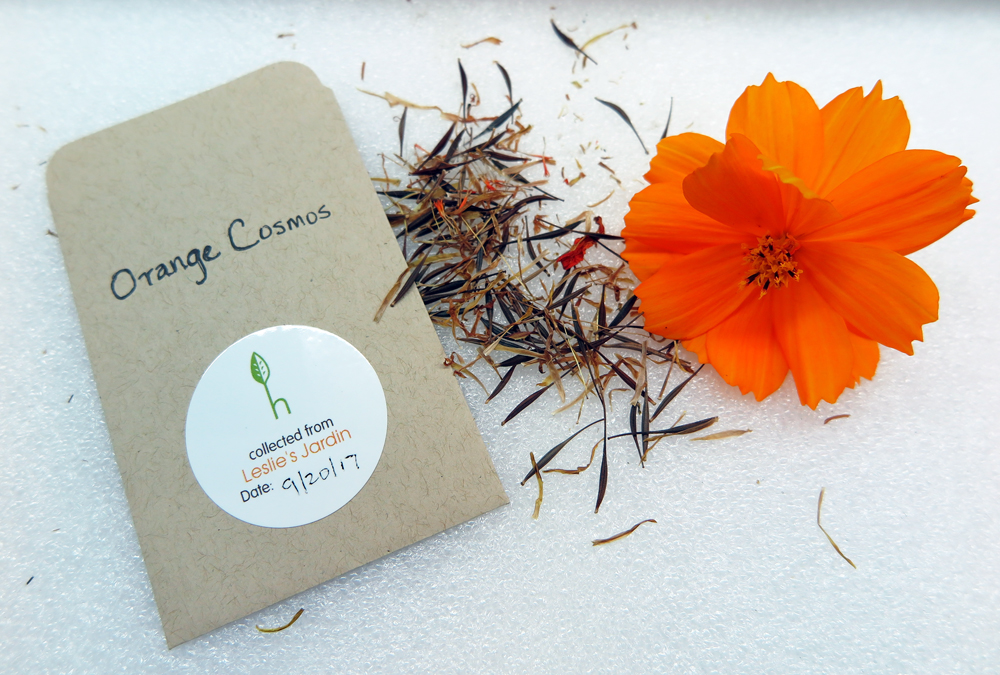Texas Sage Mystery
Horticultural Temper Tantrum
I have to have a bit of a horticultural temper tantrum this morning, which has to do with plant labeling...or rather incorrect plant labeling. Plant imposters, if you will. When you're planting blooming shrubs, it can take a years for plants to establish and begin to fill in to a more mature growth habit and size. So it's pretty frustrating after all that time only to end up with the wrong plant species. Such is the saga of my Texas sage.
While there are many beautiful varieties of Texas sage, my particular favorite happens to be Leucophyllum langmaniae 'Rio Bravo'. Varieties of this species differ in growth and blooming habits from the more common Leucophyllum frutescens varieties. The former having a wider base, sprawling growth habit and heavier blooming, versus the later having a wider growth habit at the top of the plant - often developing naked knees syndrome.
About 4-5 years ago I purchased and planted 3 more specimens of what was supposed to be 'Rio Bravo' Texas sage. I have plantings of a few types of Texas sage in my front yard and the 'Rio Bravo' is always the most stunning bloomer and the pollinators adore it. Adding a few more to my hellstrip would help fill out the space and provide more color and food for insects.
Early on, I suspected something wasn't right, as the small plants began to differentiate and the foliage didn't look similar on all three. As the three plants continued to grow and become larger, it became apparent that one plants was definitely 'Rio Bravo'...but the other two? Not sure...because they never bloomed. And I mean, never bloomed. It was bizarre. After doing some research, the best I could figure was that perhaps these two non-conformers were some sort of parent species of 'Rio Bravo'...or maybe 'Lynn's Legacy'...but again, without any flowers, I couldn't be sure. I thought, ok, whatever this variety is, maybe it has a juvenility period and it needs to mature longer before it will bloom? .
It really peeves me when nurseries and garden centers get their plant labeling wrong...it has long-term and expensive consequences for the home gardener.
By now of course, the three large shrubs have grown in somewhat different forms and don't "match"...which is highly irritating. The one real 'Rio Bravo' in the bed blooms it's head off like it's supposed to...while the other two grow in a different shape and don't bloom. Which throws the entire planting off whack. And again, I was really confused as to why these two Texas sage just refused to bloom. I've spent the last three years grappling with the idea of ripping them out and starting over. Finally last year, I got the first few blooms showing up on the two non-conformers - just a hand full in late fall. While the adjacent 'Rio Bravo' was buzzing with pollinators, not a single insect would touch the flowers on the mystery plants. So..gee...is this variety photoperiodic...a short-day plant maybe...which is why it's only putting on a few flowers in fall? I've been grasping at straws here. About a week ago I committed to just ripping the now large established shrubs out this winter and starting over.
And then THIS happened two days ago, just ahead of some rainstorms that passed through (Texas sage develop flowers in response to increased humidity, changes in barometric pressure, and rainfall):
It's OCTOBER. It's like it heard me tell it I was going to rip it out...so it got to blooming in fast order! Only took 5 years. So both of these mystery plants are now in full bloom and pollinators were visiting the flowers - for the first time in my observation. Again, best I can figure these are 'Lynn's Legacy'. And interestingly, this variety is not as influenced by humidity or rainfall to bloom (which is clearly what I'm seeing), but rather needs the hot temperatures...which may be why it only blooms after August for me (but I'm also wondering about a photoperiod response).
The flower are a bit too pink for my taste (I prefer the deeper violet on the 'Rio Bravo')...but now that plants are actually blooming, I have to decide if they'll stay or go.
I've noticed a few sites online that are listing this plant as 'Rio Bravo'...so beware. Alright...plant rant over, I need to go have more coffee!


